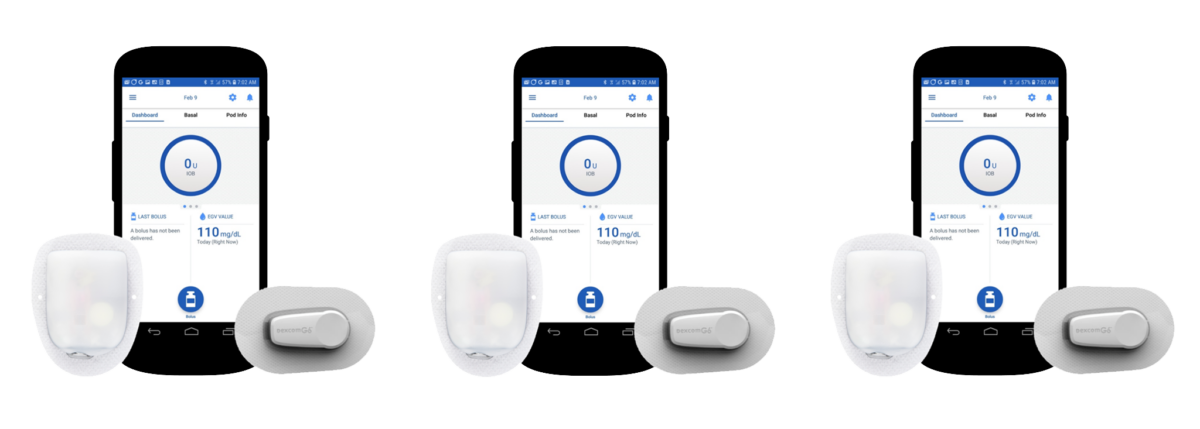Type 1 Diabetes TrialNet
Written by: Kerry Esrey
3 minute read
April 29, 2016
TrialNet is an international network of the world's leading type 1 diabetes (T1DM) researchers exploring ways to prevent, delay, and slow the progression of the disease.
What is TrialNet?
TrialNet is an international network of the world’s leading type 1 diabetes (T1D) researchers who are exploring ways to prevent, delay and slow the progression of the disease. The National Institutes of Health (NIH) created TrialNet in 2000 with the objective of conducting research studies to prevent T1D. Today, more than 200 centers (in the United States, Canada, United Kingdom, Germany, Italy, Finland, Australia and New Zealand) participate in the TrialNet network. Studies are available for the relatives of people with type 1 diabetes, as well as for people newly diagnosed with type 1 diabetes (T1D).
Why are studies available for relatives?
The relatives of people with type 1 diabetes have a 15 times greater risk for developing T1D than people with no family history. For relatives of those with T1D, the TrialNet Pathway to Prevention study offers a no-cost screening to test blood for five autoantibodies that signal an increased risk for type 1 diabetes years before symptoms appear. Almost all individuals who have two or more of these autoantibodies will develop type 1 diabetes.
What happens if risk is determined?
Participants who screen positive for autoantibodies are eligible to continue in the study’s “Monitoring” phase, during which they are routinely monitored for the earliest signs of type 1 diabetes. TrialNet participants who go on to develop T1D are usually diagnosed before symptoms ever occur. Their doctor can start them on insulin before they start feeling sick or experience life-threatening diabetic ketoacidosis.
Depending on their test results, those who screen positive for autoantibodies may be eligible to enroll in one of TrialNet’s ongoing prevention studies. These studies are testing whether certain treatments can delay or prevent the onset of T1D. “The Oral Insulin” study is testing whether a capsule of crystallized insulin may delay onset in those with a specific (MIAA) autoantibody, as suggested by an earlier study that showed a delay in the onset of the disease by up to 10 years. Abatacept and Teplizumab are medications that have both shown promise in preserving insulin production in people newly diagnosed with T1D. They are both currently being studied now in at-risk individuals to see if they can help delay or prevent the onset of T1D.
As of 2019, TrialNet no longer offers routine annual re-screening to children who initially screen negative.
Who exactly can enroll?
Eligible participants for the “Pathway to Prevention” study include first-degree relatives of those with T1D ages 2 1/2-45 (parents, siblings, children), and second/third-degree relatives ages 2 1/2-20 (cousins, half-siblings, nieces and nephews, grandchildren). The age of entry in the UK is 3 years old.
What does enrollment entail?
Enrollment in the Pathway to Prevention study involves some paperwork, signed consent and a simple blood draw. This “screening” visit occurs at a TrialNet center or affiliated physician’s office. TrialNet can also send test kits for participants to take to a local lab. The results are returned four to six weeks after the screening.
See a list of TrialNet centers and affiliates HERE.
What have we learned from TrialNet studies?
Most recently, TrialNet and other longitudinal studies of at-risk individuals have led researchers to redefine the definition of “type 1 diabetes.” T1D is classically diagnosed at the onset of overt high blood sugar and its corresponding symptoms like increased thirst, urination, weight loss and blurred vision. Researchers in affiliation with ADA, the Endocrine Society and JDRF now view T1D as a continuum featuring three disease stages.
- Stage 1 is marked by the presence of two or more autoantibodies and normal blood glucose levels.
- Stage 2 features two or more autoantibodies and occasional abnormal blood glucose levels (as demonstrated during an Oral Glucose Tolerance Test). People in “Stage 2” do not yet display symptoms.
- Stage 3 features the emergence of diabetes-related symptoms and diagnosis of T1D.
Read more on the stages of type 1 diabetes HERE.
What studies are available for people recently diagnosed with T1D?
To learn more about the studies available to those newly diagnosed with type 1 diabetes—visit the TrialNet website.

Author
Kerry Esrey
Kerry Esrey is a clinical research coordinator with TrialNet at Stanford University. Having lived with type 1 diabetes for 15 years, Kerry immensely enjoys connecting with the families of children and adults with type 1 diabetes (T1D). She feels fortunate to work beside the same doctors who supported her as a pediatric patient, as well as with her mother, Stanford TrialNet Coordinator Trudy Esrey. Every August, Kerry also works as a camp counselor with Diabetes Youth Families (DYF) at “Camp de los Ninos” in Boulder Creek, CA. When she is not working in the diabetes community, Kerry enjoys playing soccer, running, reading and traveling to Ireland as often as possible. If you would like to get in touch with Kerry, you can email her at [email protected].
Related Resources

Eli Lilly and Company is helping patients and caregivers understand important changes to Medicare Part...
Read more

Already compatible with Dexcom’s G6 and G7 continuous glucose monitors (CGMs), the Omnipod 5 Automated...
Read more

The younger a person is diagnosed with type 2 diabetes, especially those with obesity, the...
Read more

